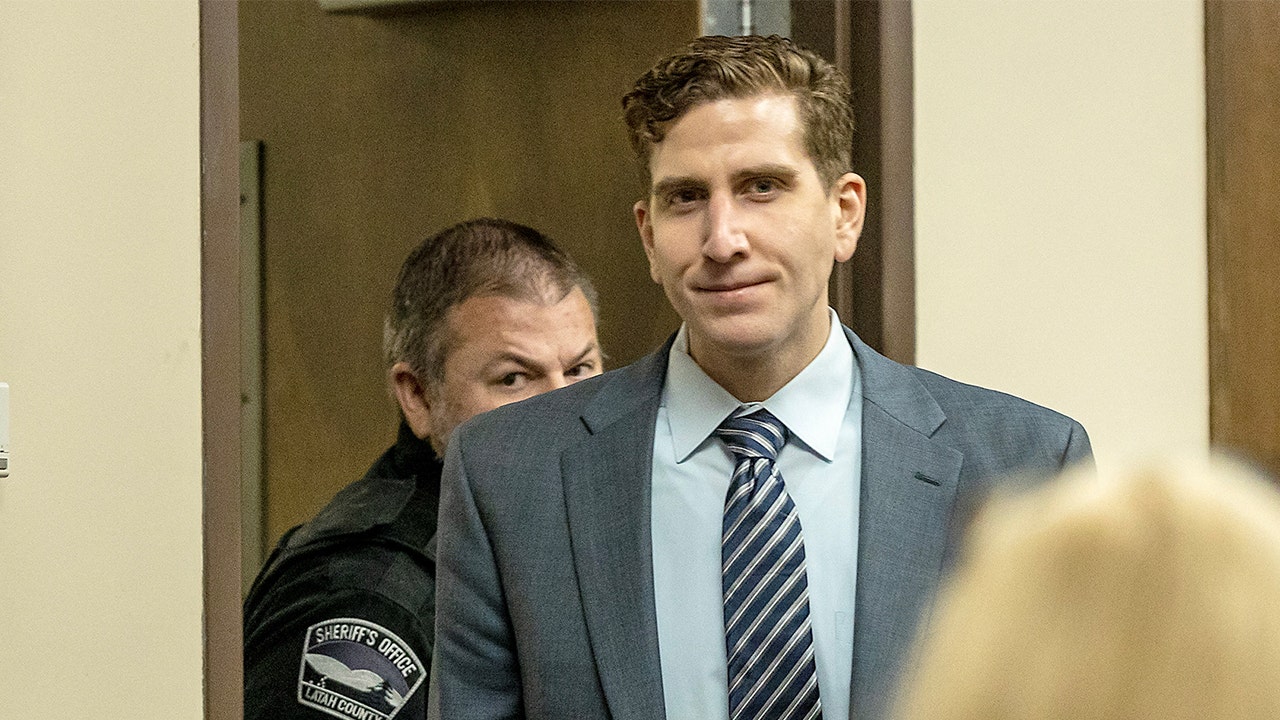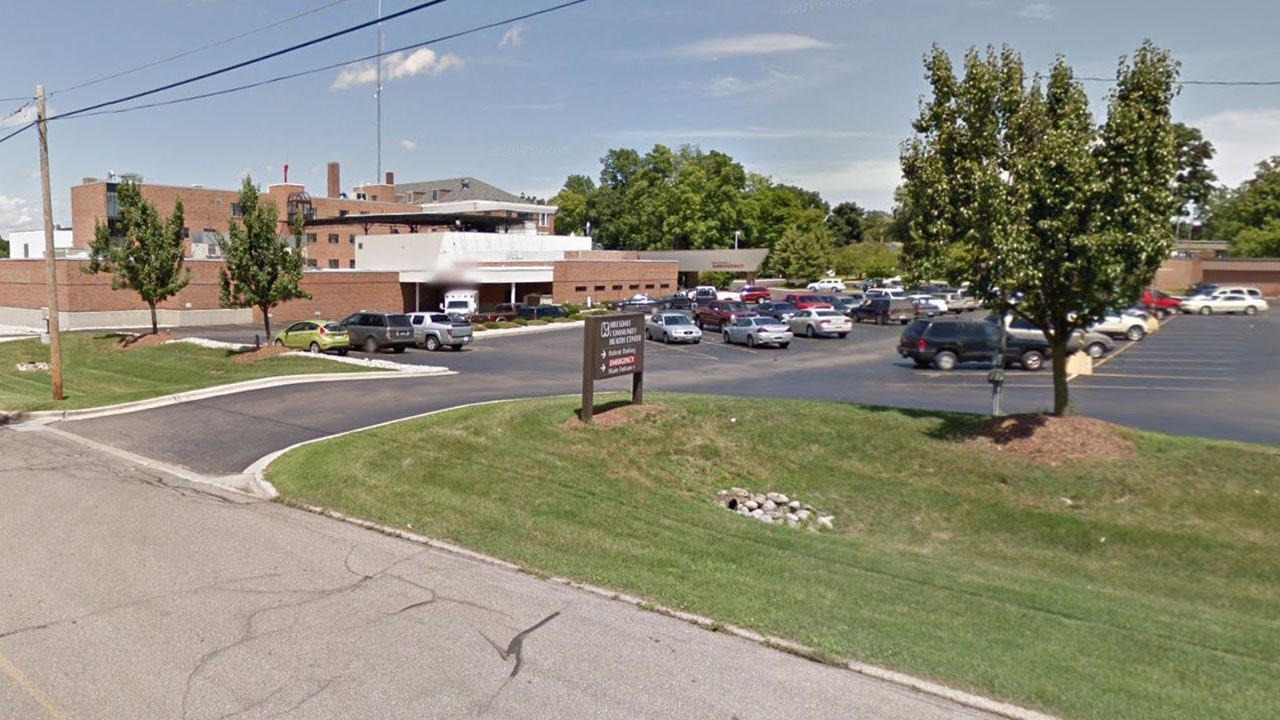Emergency workers and researchers use the term “critical incident” to describe a traumatic event. It’s estimated that people, on average, will experience two to three critical incidents in their lifetimes. My first came at 8 years old, when my father made his first suicide attempt. Five years and five attempts later, he was dead. I’ve been compelled to explore mental health issues — and their potential solutions — ever since.
Research has found that throughout a career, an emergency worker may experience over 180 critical incidents. While observing emergency workers in this documentary, I was amazed by their ability to work so calmly through crises and transition quickly in and out of their home lives. But I came to understand that there was a toll paid for this form of public service, as emergency workers experience rates of behavioral health issues that are notably higher than the general population’s. We depend on emergency workers to provide service during our most vulnerable moments, but these experiences place them critically at risk for issues like PTSD, substance abuse and suicide.
After more than a decade spent working as a peer-support facilitator in suicide prevention and postvention, which involves assisting survivors in the grief process, I slowly became aware of the growing body of evidence supporting psychedelic-assisted therapies as a medical intervention for the types of behavioral health issues I encountered. Like many, I was skeptical. But I eventually learned that major institutions like the American Foundation for Suicide Prevention (for which I volunteer) and the Department of Veterans Affairs have supported research into psychedelics such as ketamine. The V.A. even announced this year that it will fund new studies on MDMA and psilocybin-assisted psychotherapies.
I wrote previously that the American West has some of the nation’s worst outcomes for behavioral health issues such as substance abuse and suicide. Growing up in Wyoming, I also saw how the West is home to some of the country’s most conservative cultural and political views on psychedelics. In making this film, I wanted to address that gap and challenge the assumptions of what a typical psychedelic user can and should look like.
This philosophy led me to Rob C., whose last name I’ve withheld to protect his privacy, a firefighter in Idaho who is undergoing ketamine-assisted psychotherapy to treat his PTSD. This use is not approved or regulated by the Food and Drug Administration but is legal in a clinical setting. I hope that his story can become part of a new paradigm for approaching mental health care and shift the public conversation toward the experiences of individuals facing mental health challenges who stand to benefit from these therapies.
If you are having thoughts of suicide, call or text 988 to reach the 988 Suicide and Crisis Lifeline or go to SpeakingOfSuicide.com/resources for a list of additional resources. Go here for resources outside the United States.
Brandon Kapelow is a visual artist from Wyoming.
The Times is committed to publishing a diversity of letters to the editor. We’d like to hear what you think about this or any of our articles. Here are some tips. And here’s our email: letters@nytimes.com.






